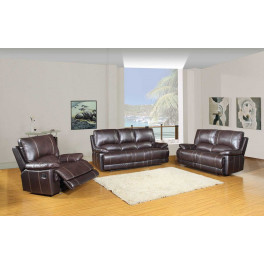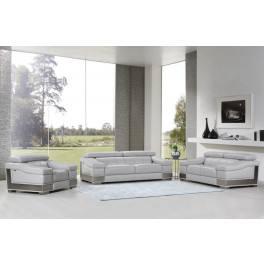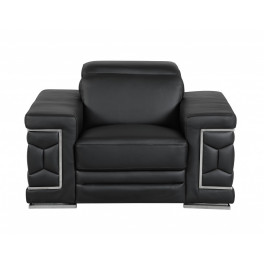Is your space energized or just boring? Often the key is whether your room has a focal point to immediately catch your eye.

Photo by Breadmaker onShutterstock
Fireplace as Focal Point
Fortunately, many rooms already have built-in focal points that naturally draw your eye. A living room with a large fireplace or woodstove is a perfect example. Fireplaces and woodstoves are associated with warmth and comfort, and a crackling fire is always a pleasing sight.
A mantel over a fireplace or woodstove and small decorations such as plants, pottery, or photos on top help frame the fireplace and make it the main feature of the room. Seating around the fireplace adds to the warm and inviting atmosphere. Area rugs also can be used to help draw your eye toward the fireplace.

Photo by Artazum on Shutterstock
Look at that Window!
For houses without fireplaces or woodstoves, a large window or group of windows with a view will draw your eye to the natural light and landscape or skyline beyond. Contrasting molding and trim can make the view even more appealing. Use neutral-colored or sheer curtains to maximize the light and enhance the view.

Photo by alexkatkov on Shutterstock
For very large windows that dominate the room, an oversized piece of furniture, such as sofa placed opposite the window, can add balance to the room.
Anything that has a naturally tactile texture, such as brick, stone, or weathered wood, automatically draws attention.
An exposed brick wall in a room makes a great focal point. You can emphasize the wall by keeping it mostly bare and hanging a few small paintings or one large painting upon it. A small piece of furniture such as couch of contrasting color will also help emphasize the wall. Make sure the wall is well lit as shadows can give it a cold and negative feel.

Photo by 2M media on Shutterstock
Create Your Own Focal Point
If your room is not blessed with a natural focal point, it is easy enough to create one. The focal point should be something that matches the intended use of the room: a large mirror or piece of furniture in a bedroom, a bookshelf in a reading room, a pool table in a rec room, artwork or a plant in a small living room, or a wall painted a different color in a dining room.

Photo by Breadmaker on Shutterstock
Once you have established your focal point, the objects you place near or around the focal point should enhance and not distract from your room’s main focus.
Color can be a powerful tool to accomplish a focal point in a small room. Once color has done the trick, you can introduce artwork or shelves to help emphasize the wall.
In a room with a high ceiling, painting the ceiling a bold, contrasting color can make that the focus of the room. Hanging an elaborate or large chandelier will also emphasize the height of the ceiling.
A large piece of furniture can easily become a room’s focal point. The size of the piece naturally draws your eye to it. You can enhance the object by placing small objects on top of it or over it. To keep the room from feeling lopsided, you will need to add something to create balance to the size of the focal piece on the other side of the room.
This can be a couch, a painting on a wall, or a large plant. Other furniture and items placed around the focal point should be smaller and less ornate so they are not competing for attention. When positioning plants or collectables on top of the focal point, keep them to a minimum. Too many items can give the room a chaotic and cluttered feel.
A mirror, clock, large painting, or interesting shelves can serve as a focal point. To help frame the object, place smaller objects on either side. Furniture should be positioned around the focal point in such a way that it does not block the object. Hang the artwork or object so it is clearly visible when you walk in the room. You can also add track lighting to highlight the piece.
There Can Only Be One Focal Point
A room should never have more than one focal point. The focal point is the first thing that catches your attention and a room full of large, bright, overpowering objects can feel overwhelming and uncomfortable.
If your living room has both a fireplace and a large window with a fantastic view, decide on which is more appealing and highlight that piece. Use the secondary focal point to balance the room. If the view is the better focal point, dress up the window and keep items on the fireplace mantel to a minimum.
Cold and rainy outside? Close the curtains and arrange the furniture around the warm and inviting fireplace.
The focal point of a room is the rockstar of that space. You don’t have to be an interior designer or planner to identify what catches your eye. Once you have identified your focal point, give it the attention it deserves.
Place a large mirror over the fireplace mantel. Hang decorative, yet sheer curtains around the picture window. Paint that old bookcase a bright, contrasting color. Installing more lighting to highlight your most interesting objects is a quick and cheap way to give them the attention they deserve. Now invite your friends and family over to enjoy your comfortable home.

Photo by paul prescott on Shutterstock
Want a sneak peak of what your design plan might look like before you start moving furniture? Try out House Tipster’s 3D Virtual Rooms, a design tool available online.

























